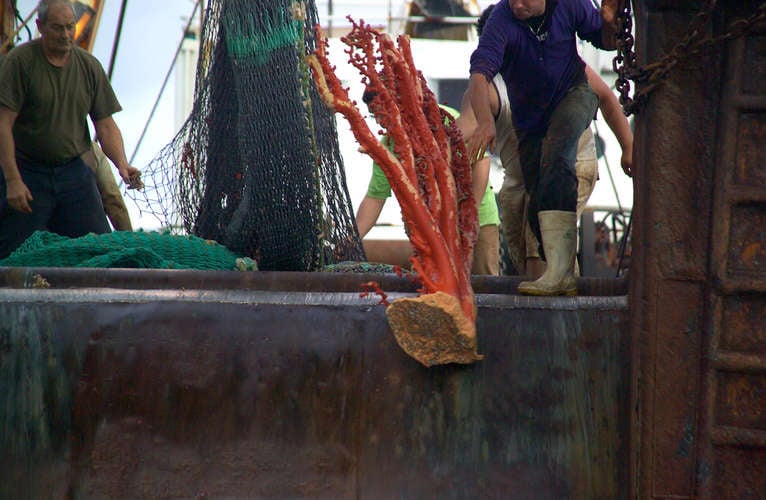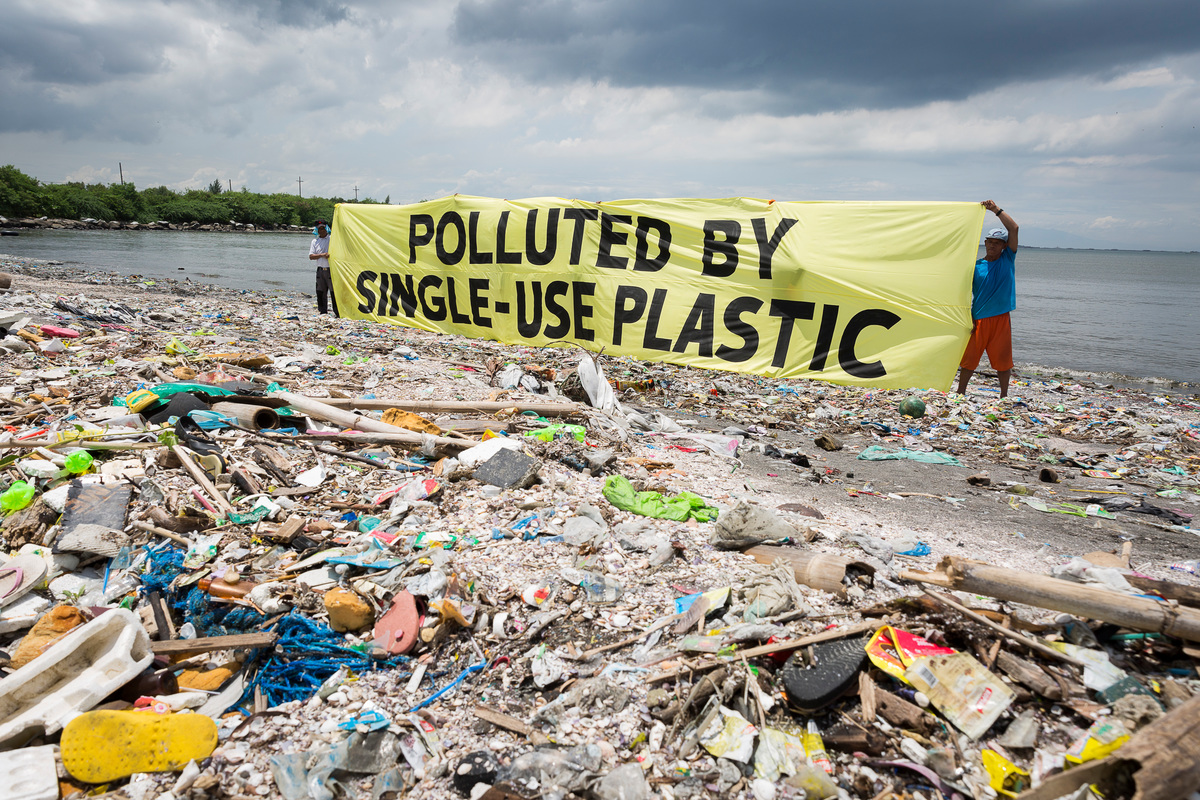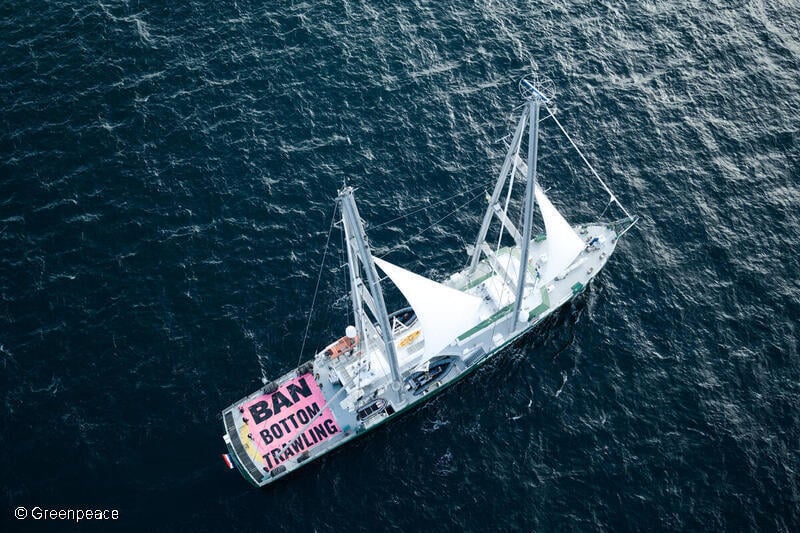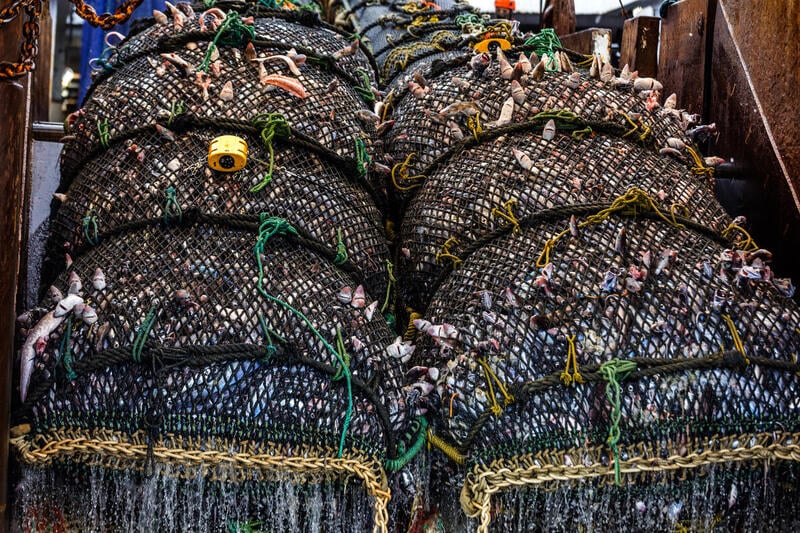Greenpeace is calling for urgent action to restrict bottom trawling after a new government report highlights the compounding effects the destructive fishing method has on climate change, habitat degradation and biodiversity.
The Ministry for the Environment and Stats NZ report, Tō Tātou Taiao Moana / Our Marine Environment 2025, released today, is a recognition of the multiple threats the ocean faces and a “scathing indictment of government failure to protect the marine environment,” says Greenpeace.
The report explicitly names bottom trawling, overfishing, and bycatch as major human activities that cause major harm to biodiversity and ecological resilience. [1]
While the main focus is on climate change and its increasing impacts, bottom trawling is singled out for the threefold effect it has on the ocean by destroying sponges and ancient coral ecosystems, its high levels of bycatch, and resuspending carbon stored in the seabed.
Greenpeace Aotearoa Ocean’s Campaigner Juan Parada says:
“The magnitude of the climate and biodiversity crisis is unfolding in front of us right now. Year after year, reports reveal that the ocean is struggling under the weight of multiple pressures, but the government still refuses to act.
“While the causes of climate change are complex and global, bottom trawling is a local threat that could be immediately mitigated. By allowing the fishing industry to continue bulldozing crucial habitats, the government is choosing to weaken the ocean’s natural ability to store carbon, replenish biodiversity, and withstand climate shocks.
“The science is undeniable. Industrial bottom trawling is directly harming the ocean’s resilience just when we all need it most. It’s time to rein in the nets of this destructive industry before precious marine species and vital ecosystems are lost forever.”
Trawling is the most common fishing method in New Zealand. Bottom trawling is highly destructive with trawlers targeting vulnerable seamounts where fish gather to feed and breed, killing slow growing coral and other marine life from dolphins to seabirds as “bycatch”.
Greenpeace is also concerned with the collapse of the orange roughy fishery in the Eastern South Chatham Rise, mentioned in the report, as well as the depletion of some stocks of cardinalfish, oysters, scallops and tarakihi from overfishing.
The report also lists the devastating biodiversity cost of bottom trawling, most of which would be invisible without the rollout of onboard cameras: 15 Hector’s dolphins reported killed in a single fishing year, 6,704 kilograms of protected coral reported as bycatch, and 477 fur seals and sea lions, as well as 2,225 seabirds reported caught across all fisheries. [2]
“The government’s own report leaves no room for doubt, with their own departments sounding the alarm. The government must take urgent, meaningful measures to mitigate the degradation of the marine environment and the simplest, most immediate way of doing so is to stop bottom trawling on seamounts “, says Parada.
“New Zealanders want more ocean protection. We will not stand by and watch industrial bottom trawling wreck the ocean for profit. The fight to protect the deep sea is also the front line in the struggle against climate change, and we are mobilising to win.
“This report is a wake up call for the health of the ocean. We call on everyone who loves the moana to join us in demanding an immediate, permanent end to bottom trawling where it causes the most harm.”
[1] Our Marine Environment 2025 |Tō Tātou Taiao Moana. Page 6
[2] Our Marine Environment 2025 |Tō Tātou Taiao Moana. Page 25

Join the call to demand that the NZ Govt bans bottom trawling on seamounts and similar deep sea features, and stop issuing permits for bottom trawling in international waters.
Take Action


